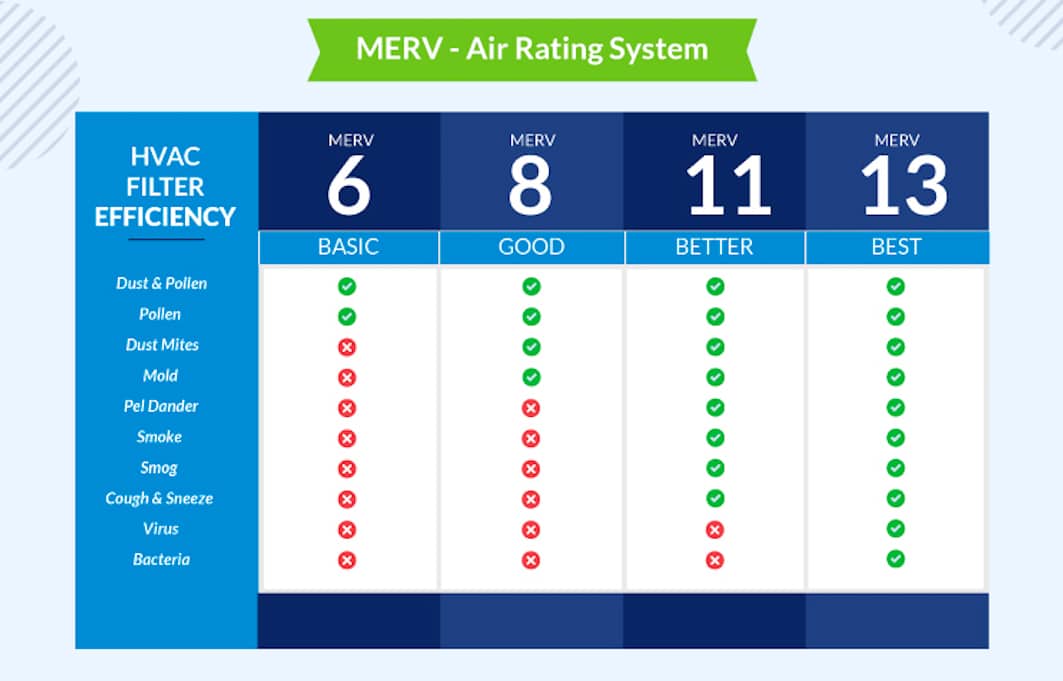What is the Most Common Type of Security Threat? (UNDER RESEARCH)
Cyberattacks are extremely costly for individuals and organizations who fall victim to them. According to the FBI Internet Crime Report, in 2022, cyberattacks caused a drastic $10.2 billion in losses . With this number only expected to increase in the coming years, cybercrime will continue to be a significant concern.
Multiple factors contribute to the growth of cyberattacks. For example, inflation has increased the cost of preventing cyberattacks, so some companies have difficulties fitting cybersecurity measures within their budget, leaving them vulnerable. Geopolitical tension worldwide has also led to an increase in politically motivated cyberattacks.
In this article, we’ll explore cyberattacks, the various types to look out for, and ways you can help protect yourself or your organization.
What is a cyberattack?
A cyberattack is an attempt to steal, alter, destroy, disrupt, or disable information resources and systems found in computer networks and systems. Cyberattacks can fit into two categories: insider threats or outsider threats. Insider threats stem from individuals with legitimate access to the systems they target, using their access to exploit vulnerabilities intentionally or inadvertently. They could be committed by a dissatisfied or angry employee or a contractor with access to the organization’s systems. An outsider threat is from someone who doesn’t have any affiliation with the system they’re attacking, such as criminal organizations or hackers.
How To Protect Against Cyber Attacks
A comprehensive cybersecurity strategy is absolutely essential in today’s connected world. From a business perspective, securing the organization’s digital assets has the obvious benefit of a reduced risk of loss, theft or destruction, as well as the potential need to pay a ransom to regain control of company data or systems. In preventing or quickly remediating cyberattacks, the organization also minimizes the impact of such events on business operations.
Finally, when an organization takes steps to deter adversaries, they are essentially protecting the brand from the reputational harm that is often associated with cyber events — especially those that involve the loss of customer data.
Below are some recommendations we offered in our 2023 Global Threat Report to help organizations improve their security posture and ensure cybersecurity readiness:
- Protect All Workloads: You must secure all critical areas of enterprise risk, including endpoints and cloud workloads, identity and data.
- Know Your Adversary: CrowdStrike Falcon® Intelligence identifies today’s bad actors and exposes their playbook to enable security teams to proactively optimize preventions, strengthen defenses and accelerate incident response.
- Be Ready When Every Second Counts: Security teams of all sizes must invest in speed and agility for their daily and tactical decision making by automating preventive, detection, investigative and response workflows with integrated cyber threat intelligence directly observed from the front lines.
- Adopt Zero Trust: Because today’s global economy requires data to be accessible from anywhere at any time, it is critical to adopt a Zero Trust model. The CrowdStrike Zero Trust solution connects the machine to the identity and the data to deliver full Zero Trust protection.
- Monitor the Criminal Underground: Adversaries congregate to collaborate using a variety of hidden messaging platforms and dark web forums. Leverage digital risk monitoring tools like Falcon Intelligence Recon to monitor imminent threats to your brand, identities or data.
- Invest in Elite Threat Hunting: The combination of technology with expert threat hunters is absolutely mandatory to see and stop the most sophisticated threats. Top-quality managed services such as Falcon Complete and Falcon OverWatch can help you close the growing cyber skills gap with the expertise, resources and coverage needed to augment your team.
- Build Comprehensive Cybersecurity Training Program: User awareness programs should be initiated to combat the continued threat of phishing and related social engineering techniques.
What is the Most Common Type of Security Threat?
1. Malware
Cyberattackers use harmful software such as spyware, viruses, ransomware, and worms known as malware to access your system’s data. When you click on a malicious attachment or link, the malware can install itself and become active on your device.
2. Phishing
Phishing attacks rely on communication methods like email to convince you to open the message and follow the instructions inside. If you follow the attackers’ instructions, they gain access to personal data, such as credit cards, and can install malware on your device.
3. Spoofing
Cyber attackers will sometimes imitate people or companies to trick you into giving up personal information. This can happen in different ways. A common spoofing strategy involves using a fake caller ID, where the person receiving the call doesn’t see that the number is falsified. Other spoofing methods include subverting facial recognition systems, using a fake domain name, or creating a fake website.
4. Backdoor Trojan
Backdoor Trojan attacks involve malicious programs that can deceptively install malware or data and open up what’s referred to as the “backdoor” to your computer system. When attackers gain access to the backdoor, they can hijack the device without it being known to the user.
5. Ransomware
Ransomware is malicious software that cyberattackers can install on your device, allowing them to block your access until you pay the attackers a ransom. However, paying the ransom doesn’t guarantee the removal of the software, so experts often advise individuals not to pay the ransom if possible.
6. Password attacks
Password attacks can be as simple as someone correctly guessing your password or other methods such as keylogging, where attackers can monitor the information you type and then identify passwords. An attacker can also use the aforementioned phishing approach to masquerade as a trusted site and try to fool you into revealing your account credentials.
7. Internet of Things attack
Communication channels between connected IoT components can be susceptible to cyberattacks and the applications and software found on IoT devices. Since IoT devices are in connection with one another through the internet and may have limited security features, there is a larger attack surface that attackers can target.
8. Cryptojacking
Cryptojacking involves gaining unauthorized use of a computer system, usually through malware that allows the attacker to use the computer’s resources for mining cryptocurrency. Mining cryptocurrency can come with significant operational costs, so cryptojacking provides attackers with a way to avoid these expenses.
9. Drive-by download
Drive-by download attacks occur when you download malicious code to your device through an app, website, or operating system with flawed security systems. This means you could do nothing wrong and still be a victim of a drive-by download since it can occur due to a lack of security measures on a site you believe to be safe.
10. Denial-of-service attack
A denial-of-service attack causes an entire device or operating system to shut down by overwhelming it with traffic, causing it to crash. Attackers don’t often use this method to steal information. Instead, it costs the victim time and money to get their systems up and running again. Cybercriminals typically use this method when the target is a trade organization or government entity.
How to prevent cyberattacks
An important first step in preventing cyberattacks is ensuring you and other employees at your organization know of the potential of cyberattacks. Being mindful before clicking links and checking the email address to ensure it appears legitimate can go a long way in ensuring your data and systems are kept safe.
Here are some useful tips to prevent cyberattacks:
Update your software.
Up-to-date software systems are more resilient than outdated versions, which may be prone to having weaknesses. Updates can correct any flaws and weaknesses in the software, so having the latest version is optimal. Additionally, consider keeping software systems updated by investing in a patch management system.
Install a firewall.
Firewalls are helpful in preventing a variety of attacks, such as backdoors and denial-of-service attacks. They work by controlling the network traffic moving through your system. A firewall will also stop any suspicious activity it deems potentially harmful to the computer.
Back up data.
When you back up data, you move it to a different, secure location for storage. This might involve using cloud storage or a physical device like a hard drive. In case of an attack, backing up your data allows you to recover any lost data.
Encrypt data.
Data encryption is a popular way to prevent cyberattacks, and it ensures data is only accessible to those who have the decryption key. To successfully attack encrypted data, attackers often have to rely on the brute force method of trying different keys until they can guess the right one, making breaking the encryption challenging.
Use strong passwords.
You should have strong passwords to prevent attacks and avoid using the same passwords for different accounts and systems. Using the same password repeatedly increases the risk of giving attackers access to all your information. Regularly updating your passwords and using passwords that combine special characters, upper and lowercase letters, and numbers can help protect your accounts.




